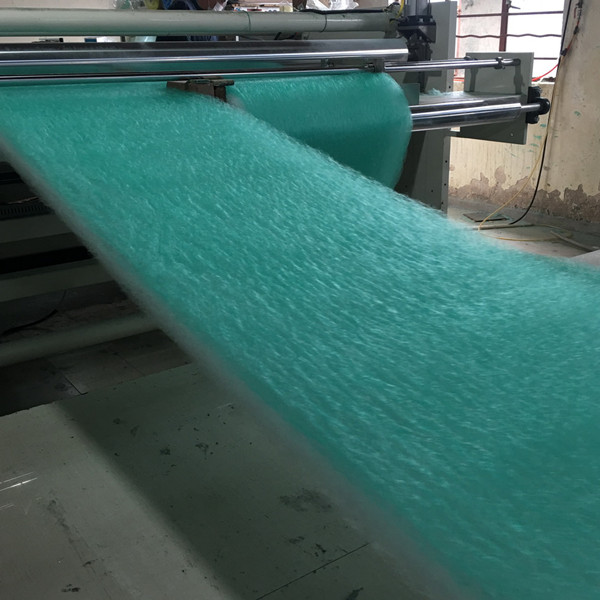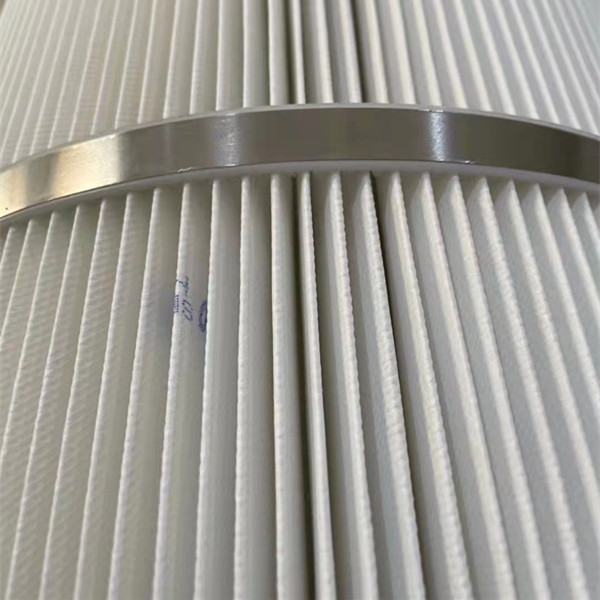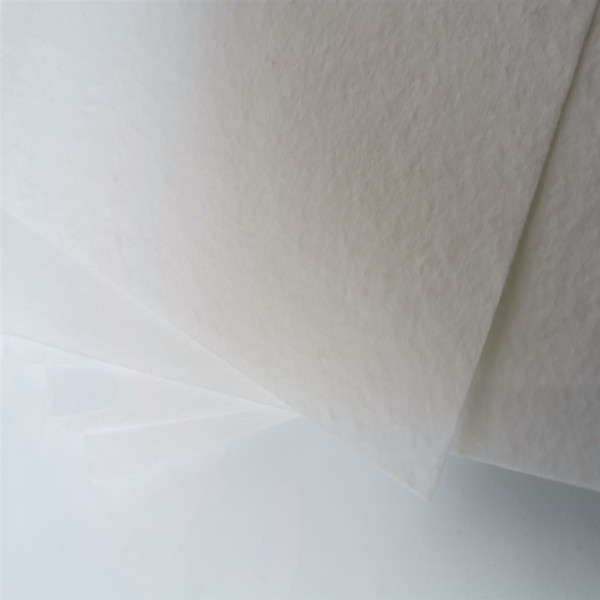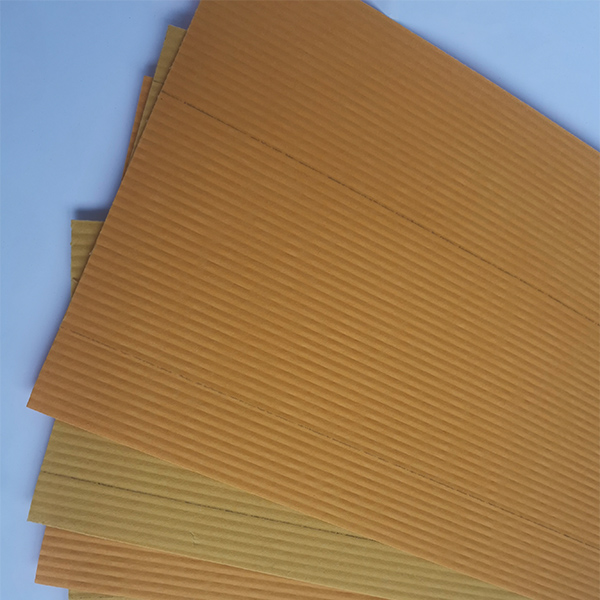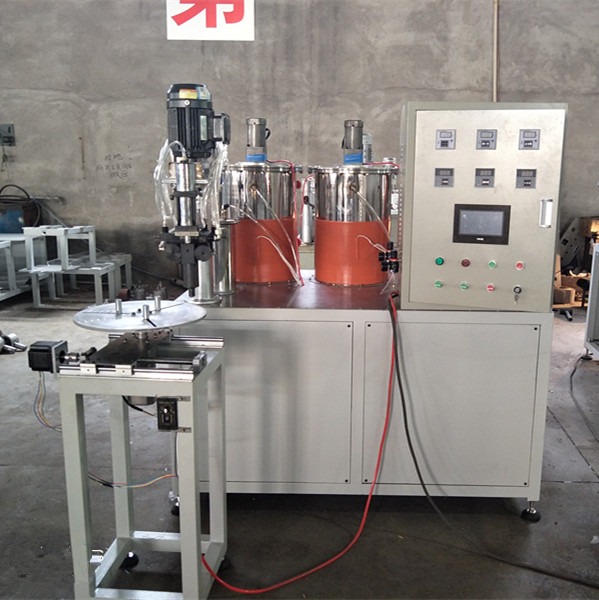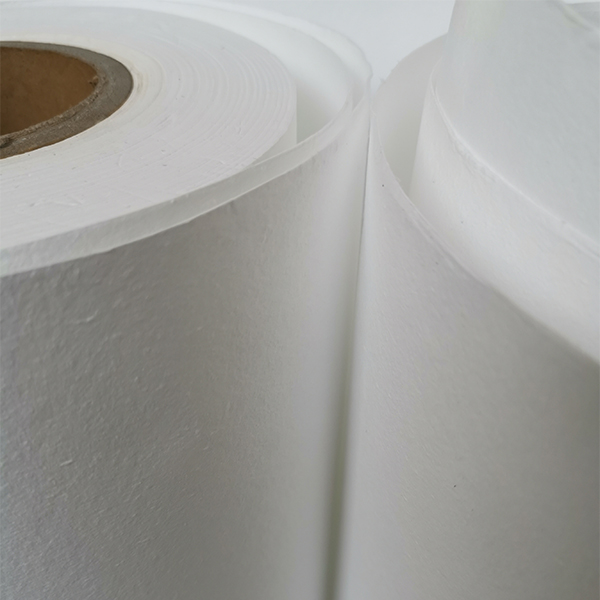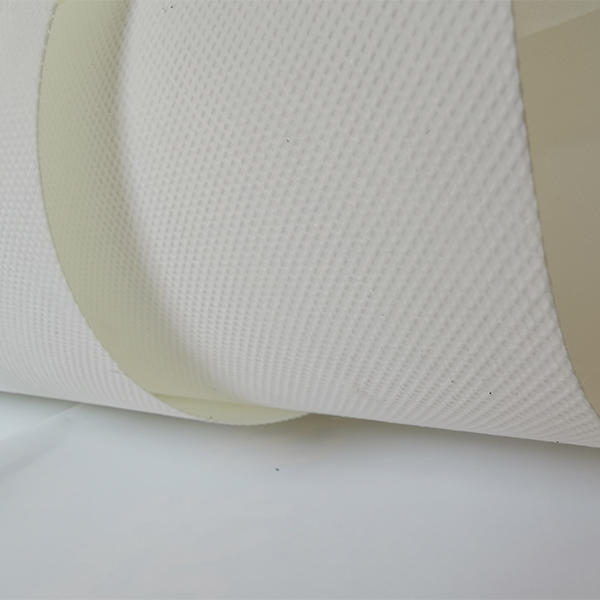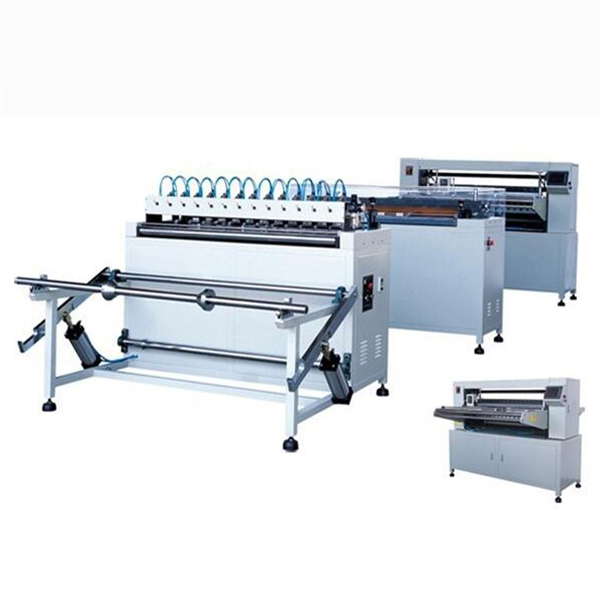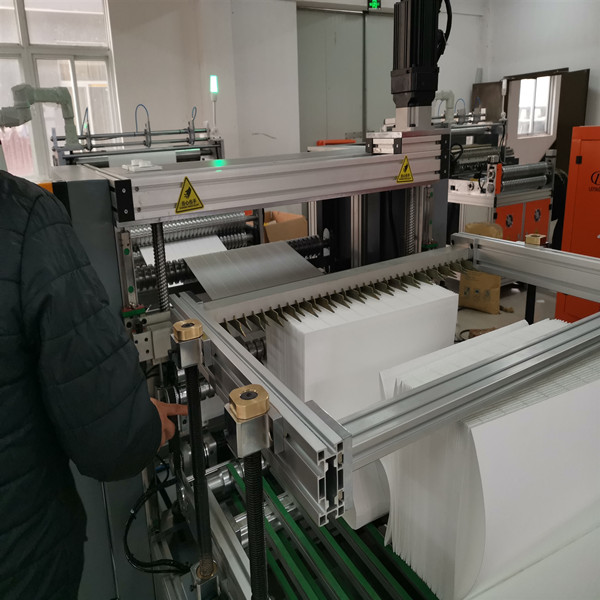Innovating Filtration: A Deep Dive into High-Performance Oil Filter Paper
In the intricate world of industrial and automotive machinery, the efficiency and longevity of critical components hinge significantly on the purity of their lubricating fluids. At the heart of maintaining this pristine condition lies advanced filtration media. Among these, oil filter paper stands out as a fundamental yet highly engineered solution. This specialized media is crucial for removing contaminants, wear particles, and oxidation byproducts from various oil streams, ensuring optimal machinery performance and extending equipment lifespan. Understanding its composition, manufacturing, and application is paramount for B2B decision-makers seeking superior filtration efficacy and cost-efficiency.
The demand for sophisticated filtration solutions is escalating due to stringent environmental regulations, the increasing complexity of modern machinery, and the need for enhanced operational uptime. As industries strive for greater sustainability and reduced carbon footprints, the selection of effective filtration media like specialized oil filter paper becomes a strategic imperative. This article will delve into the technical nuances of this essential product, covering its elaborate manufacturing process, critical technical parameters, diverse application scenarios, and the tangible advantages it offers in demanding industrial environments.
Understanding Oil Filter Paper: Materials and Core Properties
Oil filter paper, often referred to as oil filter sheet or engine oil filter paper, is far more complex than standard paper. Its unique filtration capabilities stem from a meticulously engineered blend of raw materials and a specialized manufacturing process. Typically, it is composed of cellulose fibers, synthetic fibers (such as polyester, fiberglass, or poly-propylene), and sometimes a blend of both, often impregnated with resin binders. The choice of fibers and their specific blend dictates key performance characteristics such as filtration efficiency, dirt-holding capacity, and flow resistance.
Cellulose fibers provide a cost-effective base with good porosity, while synthetic fibers enhance thermal stability, chemical resistance, and finer particulate capture. For instance, fiberglass fibers significantly improve filtration efficiency and dirt-holding capacity, making them suitable for high-performance applications. Resin binders, like phenolic or acrylic resins, are critical for strengthening the paper, preventing fiber migration, and ensuring structural integrity under operational pressures and temperatures. These materials collectively enable the media to capture particles as fine as sub-micron levels, protecting sensitive machinery from abrasive wear and premature failure.
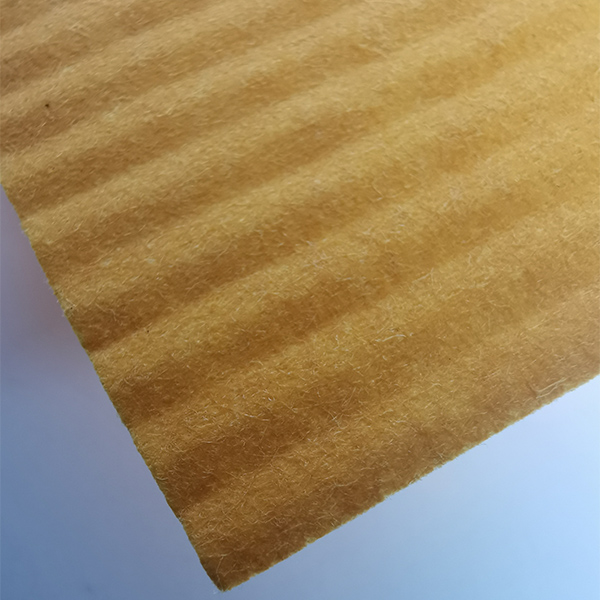
The Manufacturing Process: From Pulp to Precision Filtration Media
The production of high-quality oil filter paper is a sophisticated process involving several critical stages, each contributing to the final product's performance. Unlike casting or forging processes used for metal components, paper manufacturing involves wet-laid or dry-laid techniques optimized for fiber formation and bonding.
Detailed Manufacturing Workflow:
- Fiber Preparation and Pulping: Raw fibers (cellulose, synthetic) are dispersed in water to create a uniform slurry. This step is crucial for achieving consistent fiber distribution and preventing clumping.
- Paper Formation (Wet-laid Process): The slurry is fed onto a wire mesh screen, where water is drained, leaving a mat of interlocked fibers. Specialized machinery, similar to a Fourdrinier machine, ensures uniform thickness and density.
- Impregnation (Resin Bonding): The wet fiber mat is then passed through a bath of thermosetting resins (e.g., phenolic, acrylic). This impregnation step is vital for bonding the fibers, enhancing mechanical strength, chemical resistance, and rigidity of the final oil filter paper.
- Curing and Drying: The impregnated paper is heated in ovens to cure the resin, solidifying the structure and making it robust enough to withstand operational temperatures and pressures. Careful control of temperature and drying time prevents warping or degradation.
- Calendering (Optional but common): The dried paper may be passed through heated rollers to achieve a specific thickness, smoothness, and porosity. This process can compact the fibers, influencing the media's pore size distribution and filtration efficiency.
- Slitting and Quality Control: The large rolls of finished oil filter sheet are then slit into narrower rolls or cut into specific dimensions as per customer requirements. Throughout the process, rigorous quality control measures are implemented.
Inspection Standards: Adherence to international standards like ISO 16889 (for filtration performance), ISO 2941, 2942, 2943 (for structural integrity and compatibility), and sometimes specific automotive standards like SAE J1858, is critical. These standards ensure the product meets specific filtration efficiency, dirt-holding capacity, and burst strength criteria. The typical usage lifespan of high-quality engine oil filter paper can range from 10,000 to 50,000 operational hours or more, depending on the application and oil cleanliness requirements.

Key Technical Parameters & Performance Metrics
The effectiveness of oil filter paper is quantified by a range of technical parameters, each vital for specific applications. Understanding these metrics is essential for selecting the optimal filtration media that aligns with operational demands and system specifications.
| Parameter | Description | Typical Range (High-Performance Oil Filter Paper) |
|---|---|---|
| Filtration Efficiency (β ratio) | Measures the percentage of particles of a given size removed. Expressed as βx (e.g., β5 = 200 means 99.5% of 5μm particles are removed). | β3 ≥ 75, β5 ≥ 200, β10 ≥ 1000 |
| Dirt-Holding Capacity (DHC) | The total amount of contaminant (in grams) a filter can hold before reaching a specified differential pressure drop. Directly impacts filter lifespan. | 150 - 500 g/m² (for a given ΔP and test dust) |
| Pore Size (Micron Rating) | Indicates the size of particles the filter is designed to capture. Can be absolute (all particles > X microns) or nominal (majority of particles > X microns). | 3 μm (absolute) to 30 μm (nominal) |
| Permeability / Flow Rate | Measures the ease with which fluid can pass through the media at a given pressure differential. Essential for maintaining system flow. | 1500 - 6000 L/min/m² (at 100 Pa) |
| Tensile Strength (Dry/Wet) | The material's resistance to breaking under tension. Wet strength is crucial as the paper operates saturated with oil. | MD ≥ 100 N/15mm, CD ≥ 40 N/15mm (Dry); ≥ 50% Dry Strength (Wet) |
| Thickness | The physical dimension of the media. Affects pleating capabilities and overall filter element design. | 0.4 mm - 1.2 mm |
| Burst Strength | The maximum pressure the media can withstand before rupturing. Critical for high-pressure systems. | ≥ 250 kPa |
These parameters are meticulously tested using industry-standard protocols, ensuring that the engine oil filter paper delivers consistent and reliable performance throughout its operational life. For instance, a higher dirt-holding capacity translates directly into longer filter change intervals, leading to reduced maintenance costs and less downtime.
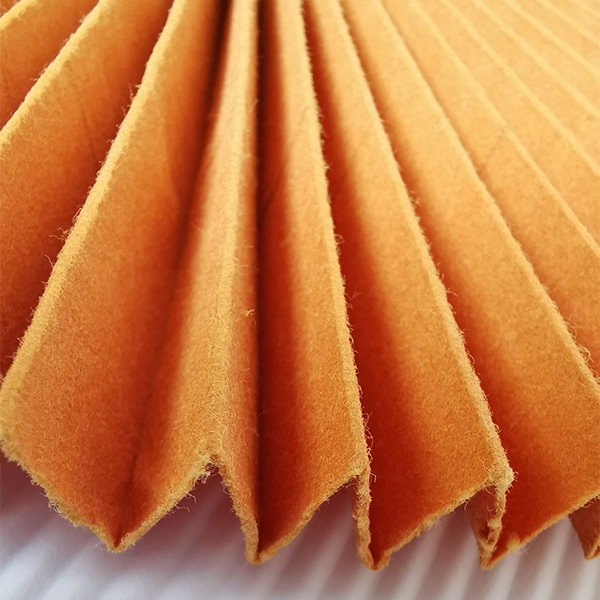
Applications Across Industries: Where Purity Matters
The versatility and critical importance of oil filter paper make it indispensable across a myriad of industries where fluid cleanliness directly impacts operational efficiency and asset protection. Its primary role is to ensure the longevity and peak performance of engines and hydraulic systems by effectively removing particulates.
Typical Application Scenarios:
- Automotive and Heavy Duty Vehicles: Essential for engine oil filtration in cars, trucks, buses, and construction equipment. It protects engine components from wear caused by combustion byproducts, dust, and metallic particles, significantly extending engine life and reducing fuel consumption.
- Industrial Machinery and Hydraulics: Used in lubrication systems of manufacturing equipment, power generators, compressors, and hydraulic systems. High-performance oil filter sheet prevents cavitation, valve sticking, and component wear, thus reducing maintenance downtime and increasing productivity.
- Marine and Offshore Applications: Crucial for filtering engine oils and hydraulic fluids in ships, marine vessels, and offshore platforms. In these demanding environments, consistent fluid purity is vital to prevent catastrophic failures and ensure safety.
- Power Generation: Utilized in lubrication systems of turbines and generators in power plants. Maintaining clean oil is critical for the efficient and reliable operation of these high-value assets.
- Petrochemical and Mining: In these sectors, machinery operates under extreme conditions, making robust filtration paramount. Oil filter paper provides reliable protection against abrasive contaminants prevalent in these environments.
The advantages of utilizing high-grade oil filter paper in these typical application scenarios are substantial: it contributes to significant energy savings by maintaining optimal lubrication, offers superior anti-corrosion protection by removing acidic contaminants, and crucially, extends the service life of expensive machinery, leading to substantial reductions in operational expenditure and total cost of ownership (TCO).
Advanced Filtration Solutions: Customization and Innovation
As industries evolve, so do their filtration needs. Standard oil filter paper may suffice for many applications, but complex or highly demanding systems often require bespoke filtration solutions. Leading manufacturers offer extensive customization options, allowing B2B clients to tailor filter media to their precise specifications.
Customization Parameters Include:
- Fiber Blends: Custom ratios of cellulose, synthetic, and glass fibers to achieve specific filtration efficiencies and dirt-holding capacities.
- Resin Impregnation: Selection of different resin types and concentrations for enhanced chemical compatibility, thermal stability, or mechanical strength.
- Pore Size Distribution: Fine-tuning the media structure to target specific particle sizes, from coarse filtration to sub-micron capture.
- Thickness and Basis Weight: Adjustments for optimal pleating characteristics and flow dynamics within a specific filter element design.
- Surface Treatments: Application of coatings or treatments to repel water (hydrophobic), enhance oleophobicity, or improve anti-clogging properties.
This level of customization ensures that the oil filter sheet integrates seamlessly into existing systems, optimizing performance and extending the service life of both the filter and the protected machinery. Through collaborative development, innovative solutions emerge, such as multi-layer media for graded filtration or pleated designs that maximize surface area for enhanced dirt holding capacity, providing a significant competitive edge.
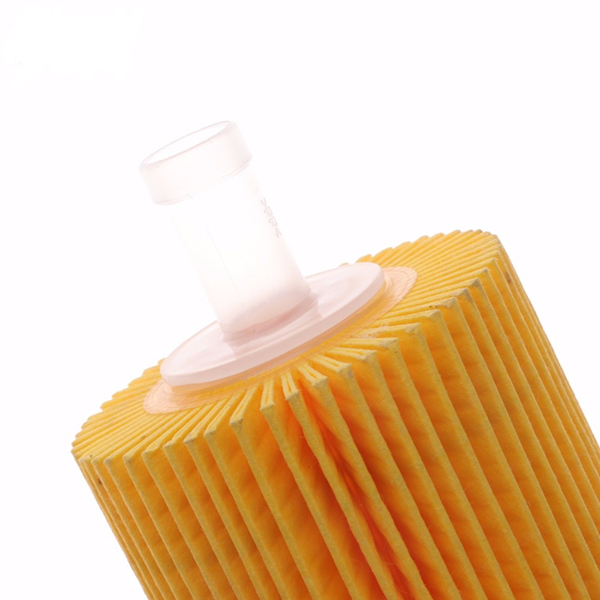
Ensuring Quality and Reliability: Certifications and Testing
For B2B buyers, confidence in product quality and reliability is paramount. Reputable manufacturers of oil filter paper adhere to stringent quality management systems and conduct comprehensive testing to validate performance claims. Our company, for instance, operates under ISO 9001 certified quality management systems, ensuring consistent product excellence from raw material sourcing to final delivery. Furthermore, our products often comply with specific industry certifications like IATF 16949 for automotive applications and various OEM (Original Equipment Manufacturer) standards.
Authoritative Certifications and Testing:
- ISO 9001: Demonstrates a commitment to quality management principles.
- ISO 16889: Standard for evaluating filtration performance in hydraulic fluid power systems (multi-pass test). This is crucial for verifying β ratios and dirt-holding capacity of engine oil filter paper.
- ISO 294X Series: Covers various aspects of filter element integrity, material compatibility, and end-load tests, ensuring the filter media's structural robustness.
- In-house Laboratory Testing: Beyond external certifications, advanced manufacturers invest in state-of-the-art laboratories for continuous material analysis, burst strength tests, pore size distribution analysis, and long-term performance simulations.
Our decade-long service in the filtration media industry, serving leading global enterprises, stands as a testament to our commitment to quality and expertise. We regularly provide detailed test data sheets and performance curves to demonstrate the superior efficacy of our oil filter paper, fostering transparency and trust with our partners.
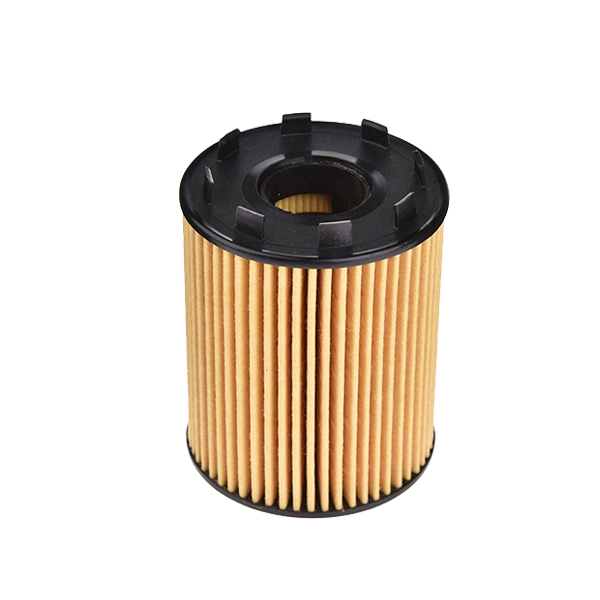
Case Studies and Real-World Impact
The theoretical benefits of high-performance oil filter paper are best illustrated through real-world applications and customer success stories. These examples highlight the tangible impact of superior filtration media on operational efficiency and cost savings.
Case Study 1: Heavy Equipment Fleet Optimization
A large construction company faced frequent engine failures and high maintenance costs for their fleet of excavators and bulldozers due to abrasive contaminants in their engine oil. After switching to a customized engine oil filter paper with enhanced dirt-holding capacity and β5 ≥ 200 efficiency, they observed a remarkable improvement. Engine lifespan increased by an average of 30%, oil change intervals extended by 25%, and unscheduled downtime due to lubrication system issues dropped by 40%. This translated into significant operational savings and improved project timelines.
Case Study 2: Industrial Hydraulic System Reliability
A manufacturing plant experienced recurring issues with their hydraulic presses, including sticky valves and reduced component lifespan, traced back to inadequate hydraulic oil filtration. Implementing a specific grade of oil filter sheet with a very high β3 ≥ 75 rating and superior wet strength dramatically improved oil cleanliness. As a result, valve failures were virtually eliminated, the service life of hydraulic pumps doubled, and the plant achieved consistent operational stability. The initial investment in higher-grade filtration media was quickly offset by reduced spare parts consumption and increased production uptime.
These examples underscore how choosing the right oil filter paper is not just a procurement decision but a strategic investment that yields substantial long-term returns through enhanced asset protection, operational efficiency, and reduced total cost of ownership.
Frequently Asked Questions (FAQ)
- Q: What is the primary difference between standard paper and specialized oil filter paper?
A: Standard paper is primarily cellulose-based and designed for general use. Oil filter paper incorporates specific synthetic fibers and is heavily impregnated with thermosetting resins to provide enhanced wet strength, chemical resistance, thermal stability, and precise pore size distribution for efficient particulate capture in oily environments.
- Q: How does β ratio relate to filtration efficiency?
A: The β (Beta) ratio is a measure of a filter's efficiency at a specific particle size. For example, β10 = 200 means that for every 200 particles of 10 microns or larger that enter the filter, only 1 particle of that size or larger passes through. This equates to 99.5% efficiency. A higher β ratio indicates better filtration performance for that given particle size.
- Q: Can oil filter paper be customized for specific applications?
A: Absolutely. Customization is a key offering for advanced oil filter paper manufacturers. This includes adjusting fiber blends, resin types, thickness, basis weight, and pore size distribution to meet unique performance requirements, operational conditions, and system specifications.
- Q: What is the typical lead time for custom oil filter paper orders?
A: For standard product lines, our delivery cycle typically ranges from 2 to 4 weeks, depending on order volume and specific requirements. For highly customized oil filter sheet solutions, the lead time may extend to 6-8 weeks, accounting for design, material sourcing, and validation phases. We prioritize clear communication regarding delivery schedules.
- Q: What kind of after-sales support and warranty do you offer?
A: We stand by the quality of our oil filter paper products with comprehensive technical support and a robust warranty against manufacturing defects. Our team of experts is available for consultation, application support, and troubleshooting. Specific warranty terms are provided with each quotation, ensuring peace of mind for our B2B partners.
Conclusion: Driving Efficiency with Advanced Filtration
The role of high-performance oil filter paper in safeguarding critical machinery and ensuring operational continuity cannot be overstated. From automotive engines to heavy industrial hydraulics, its ability to meticulously clean lubricating oils translates directly into extended equipment lifespan, reduced maintenance costs, and improved energy efficiency. By combining advanced material science with rigorous manufacturing processes and adherence to international standards, leading suppliers deliver filtration media that meets the most demanding industrial requirements.
For B2B stakeholders, investing in superior engine oil filter paper is a strategic decision that offers substantial long-term returns. Collaborating with experienced manufacturers who offer customizable solutions, robust quality assurance, and dedicated technical support ensures that your filtration needs are met with precision and reliability, driving greater efficiency and sustainability across your operations.
References
- Fluid Power Society. (2019). _Hydraulic and Lubrication Handbook: Filtration Best Practices_.
- International Organization for Standardization (ISO). (2018). _ISO 16889: Hydraulic fluid power - Filters - Multi-pass method for evaluating filtration performance of a filter element_.
- Society of Automotive Engineers (SAE). (2017). _SAE J1858: Oil Filter Performance Test for Diesel Engines_.
- National Renewable Energy Laboratory (NREL). (2020). _Impact of Lubricant Filtration on Equipment Lifetime and Energy Consumption_.
- Journal of Industrial Lubrication and Tribology. (2021). _Advances in Cellulose-Based and Synthetic Filtration Media for Lubrication Systems_.
Post time: Aug-15-2025


